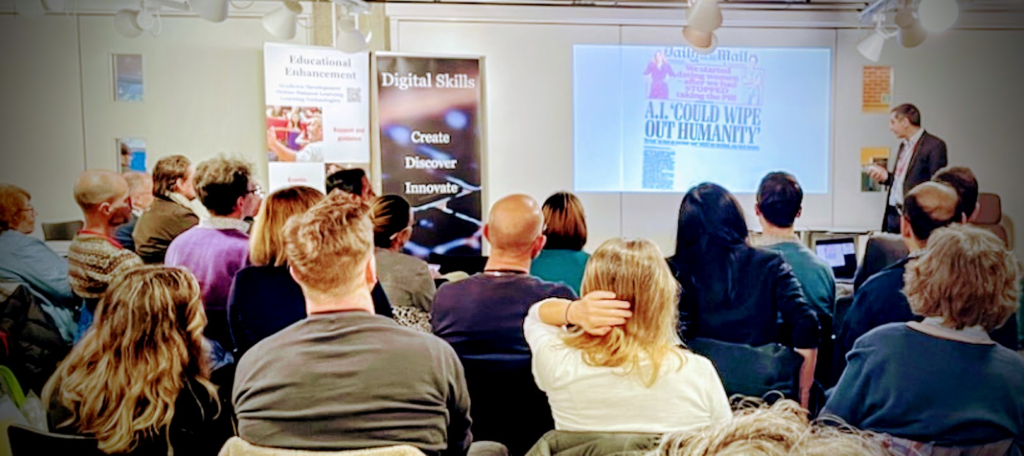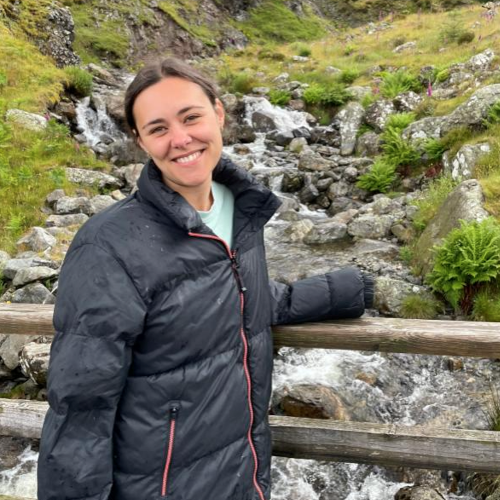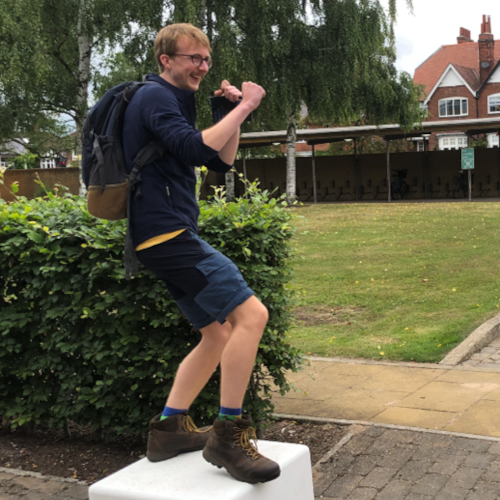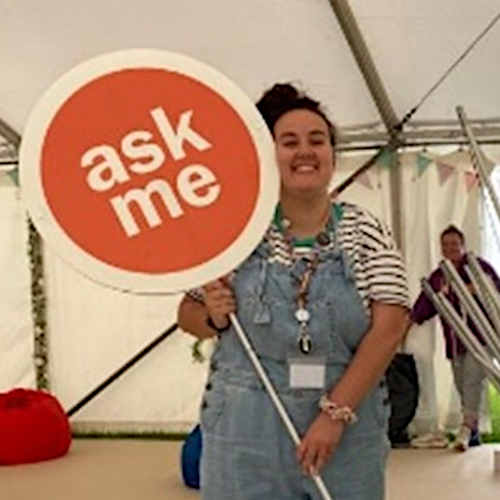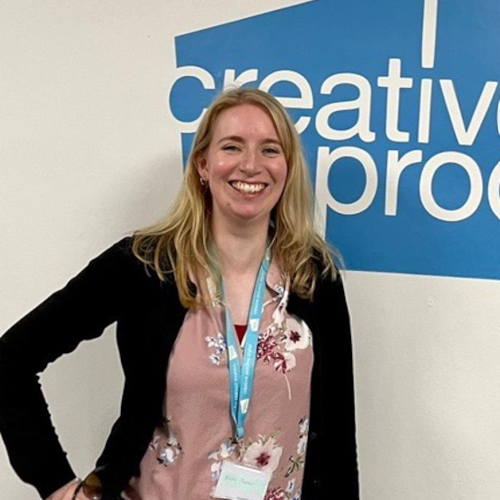by Dan Axson, Learning Technologies Manager, University of Sussex
In my previous posts I put forward the first two of (what I believe are) three key attributes of any Learning Technologist (LT): kindness to yourself and others and (using the analogy of active noise cancellation) the ability to make sense of trends in technology and their impact on teaching, learning and assessment.
In what I guess is now a series, I ask what’s next and what comes after attitude and knowledge? For me, the answer is tools, and one tool in particular – The Question.
Is asking questions the most essential tool an LT has available?
The ability to ask the right ones at the right times to the right people is a skill, therefore like (nearly) any skill it can be acquired, practised and used in any scenario facing an LT. To explore the utility of questions, I’ll use three themes of LT work; technology, pedagogy, and strategy.
Technology: What happens when we don’t know the answer?
A common feeling amongst LTs (and likely similar roles) when we first start is one which I’m sure you’ll all recognise: frustration at not knowing all the answers. I’ve been there, I know our team of LTs have been there and I have little doubt future LTs in EE (Educational Enhancement) will have the same feeling. There’s only so much onboarding and official training one can do; sometimes you just need to get stuck in and give it a go. Embrace the chaos, remember?
…if you think you’ve asked enough, ask another…
The problem is, how do we help someone when we don’t know the answer?
The solution: Ask questions. Lots of them. And if you think you’ve asked enough, ask another. Ask many questions – of your colleagues, of yourself, of the internet, of the people coming to you with the query… In scenarios where we need to support someone on an unfamiliar process, we can still probe the issue and gather intel to help us ask the right questions of our experienced colleagues.
For example:
- When does the issue happen?
- Is it happening to everyone?
- Can you give me an example?
- Has it happened before?
- Who reported it?
These questions don’t require any knowledge of the process or the platforms, but they’ll get you closer to understanding where an answer might be.
Pedagogy: How can we clarify what’s needed?
Imagine you’re asked about supporting a module convenor to improve student satisfaction on the module. They want to improve engagement during contact hours and create a better sense of community amongst the students. There is a lot to unpack here, so where do you start?
With questions of course! Are students saying they feel a lack of community or are they not turning up to lectures (which is often – rightly or wrongly – used as an indicator of engagement)? Or is this being assumed through stats on VLE usage, for example? Each one of these has different routes to explore potential resolutions but only by asking clarifying questions can we know which route to take.
Even then, we still need to find out more before we can start to suggest solutions. We need the parameters for any interventions; the level of skills that exist within them or their students. We might need to come back to the LOs. What are the students saying about the module? Is this written somewhere? What has been tried already? Is there anything they’ve seen elsewhere they’d like to try? And so on.
Strategy: When is the right time to question everything?
When it comes to conversations around conventions, processes, updates, initiatives, future developments, or (perhaps especially) when you hear the phrase, “but this is how we’ve always done it”, typically the only answer is to question everything with my two personal favourites: “Why?” and “What if?”
To be clear, I don’t mean super broad, super long-term organisational strategy stuff here (though it does also apply). For this, we’re still focusing on the day-to-day of a Learning Technologist and our direct areas of influence. I mean the times when we get involved in updating processes, best practice, curriculum design, best use of the VLE, that kind of stuff.
When horizon scanning for opportunities as technologies develop, it is useful constantly to revisit these conversations with a “What if?” or a “Why?” For example, we wanted our VLE (Virtual Learning Environment) to be as accessible, easy to navigate and as inclusive as possible for students, but we also wanted it to be easy to update and manage for staff. To achieve this we have module templates but there is still an inconsistent experience across schools and devices and some elements are difficult to update. So our LTs – ever excellent and ever questioning – noted the ability to auto-apply templates in Canvas and, as a team, asked “Why can’t we force-apply the template to all modules? What if all schools had a consistent, easy to update, accessible template?” This in turn led to a review of the Canvas pages, prompting further questions such as “Why do we need all that stuff on the home page?” Such questions also help us identify the opportunity costs of not doing stuff: What if we don’t make our sites more consistently applied and more accessible?
Is it that simple?
Yes, I think it is. It is likely your LT is asking more questions with you than you are of them. Whilst that might feel counter-intuitive, it tells you that they are doing their job very well.
So, how good are questions? In my view they are very good indeed. After all, questions help us:
- When we don’t know the answer and give us agency in situations where we might feel helpless.
- Unpack complex, ambiguous queries, enabling us to provide more sustainable and more appropriate guidance.
- Interrogate existing practice as and when new technologies arise. This should be a constant activity in the minds of an LT.
Kindness, sense-making and the ability to ask the right questions. That right there, in my humble opinion, is the secret sauce of a great LT.
Are there any you would add, do you disagree with any of these, I’d be very interested in your thoughts, let us know in the comments. Remember – be kind…




